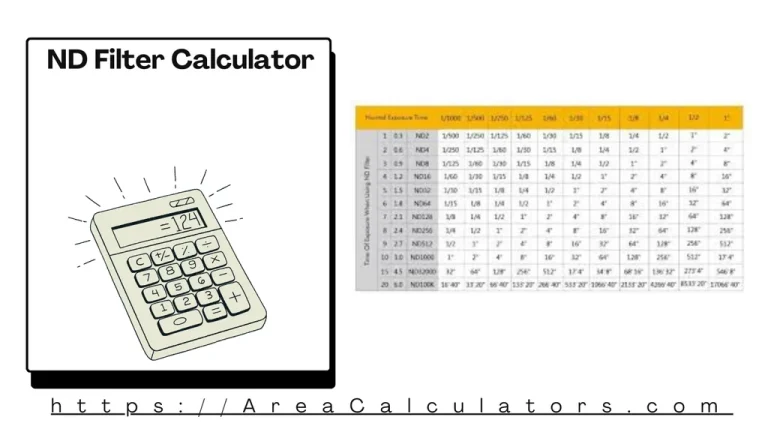Plate Thickness Calculator [Thickness of Plate Calculator 2025]
Divide the volume of the plate by its surface area to determine its thickness.
The Plate Thickness Calculator is a vital tool in engineering, manufacturing, and construction industries. It helps evaluate the thickness of steel or metal plates, ensuring materials meet structural requirements and safety standards. This calculation aids in optimizing material usage, reducing waste, and ensuring that the plate can withstand specified loads and stresses.
Formula
T = V / SA
| Variable | Definition |
|---|---|
| T | Plate thickness (in inches/mm) |
| V | Volume of the plate (in cubic units) |
| SA | Surface area of the plate (in square units) |
Solved Calculations
Example 1: A steel plate has a volume of 12 cubic inches and a surface area of 6 square inches.
| Variable | Value |
|---|---|
| Volume (V) | 12 cubic inches |
| Surface Area (SA) | 6 square inches |
| Thickness (T) | 2 inches |
Example 2: A metal plate has a volume of 20 cubic centimeters and a surface area of 10 square centimeters.
| Variable | Value |
|---|---|
| Volume (V) | 20 cubic centimeters |
| Surface Area (SA) | 10 square centimeters |
| Thickness (T) | 2 cm |
What is Plate Thickness Calculator | Let’s measure the thickness of steel plate with this Area Calculator 2025:
The Plate Thickness Calculator is a practical tool designed to determine the thickness of metal plates based on their material, dimensions, and load requirements.
It aids in structural analysis, fabrication planning, and selecting appropriate materials for various engineering applications.
This calculator is especially helpful for industries working with steel plates, mild steel (MS) plates, and other metals. By using inputs such as plate dimensions and weight, it calculates the required thickness to support specific loads.
For example, you can evaluate a steel plate’s thickness using weight charts or formulas tailored for structural or pressure vessel applications. It also assists in determining the chequered plate thickness and orifice plate requirements.
Whether you’re calculating for mild steel weight, ASTM standard plates, or custom designs, this tool streamlines complex equations, ensuring accuracy and efficiency.
Final Words:
Ultimately, the Plate Thickness Calculator simplifies the process of analyzing and designing metal plates for various needs. It ensures precise calculations, saving time and enhancing project reliability.



